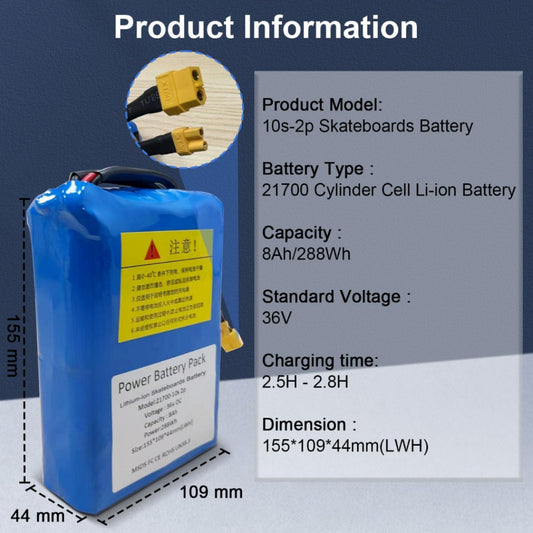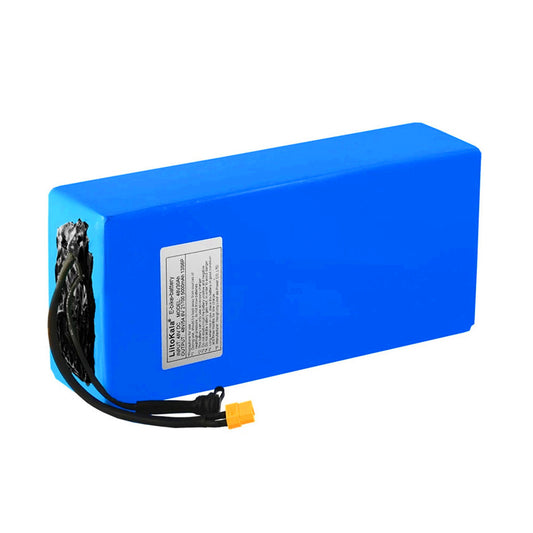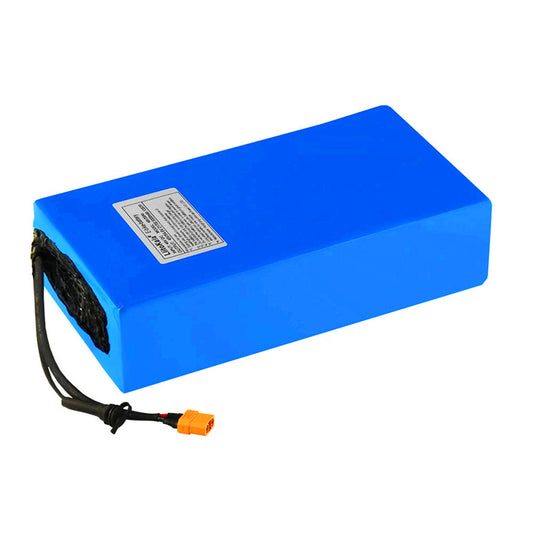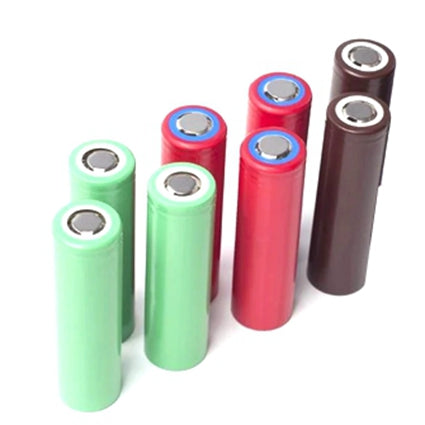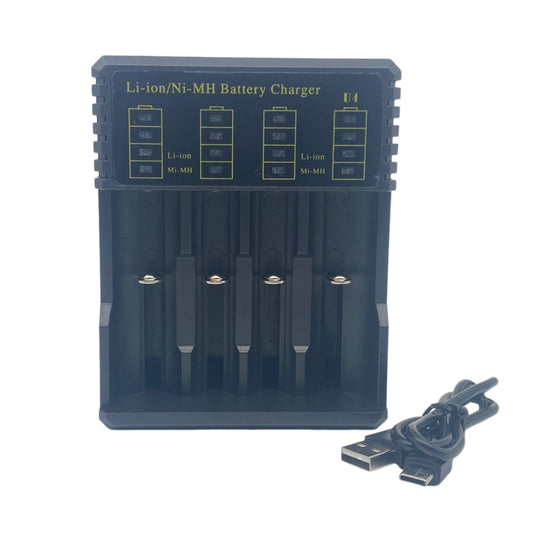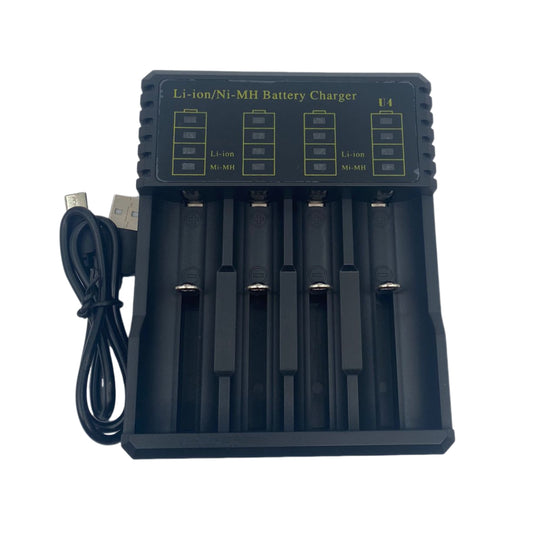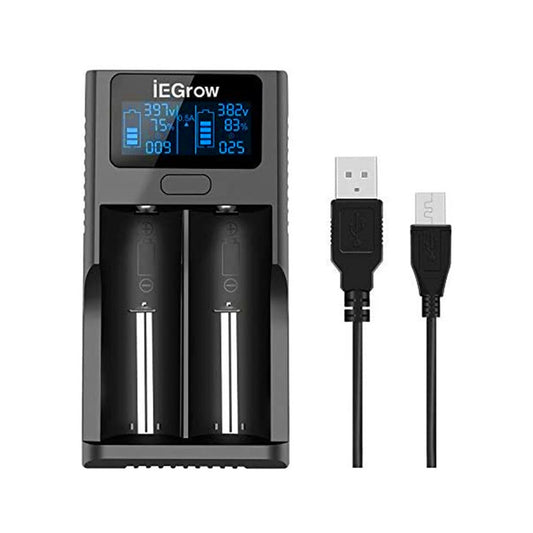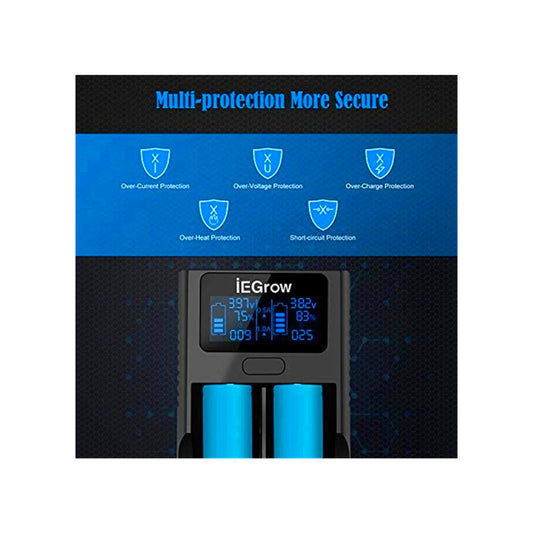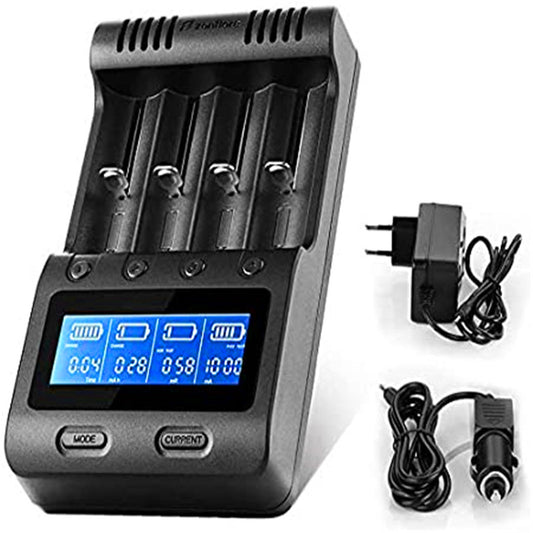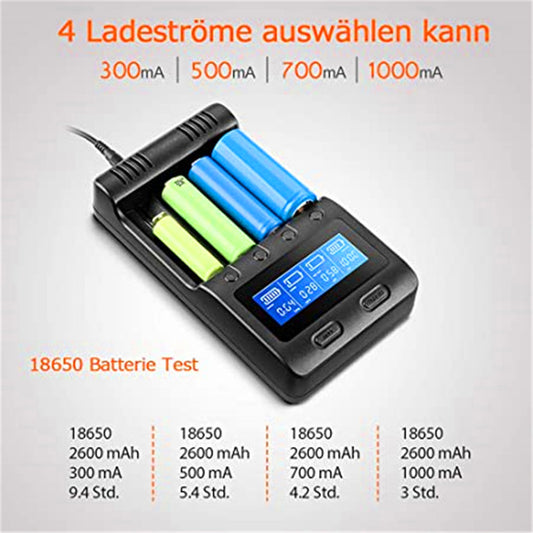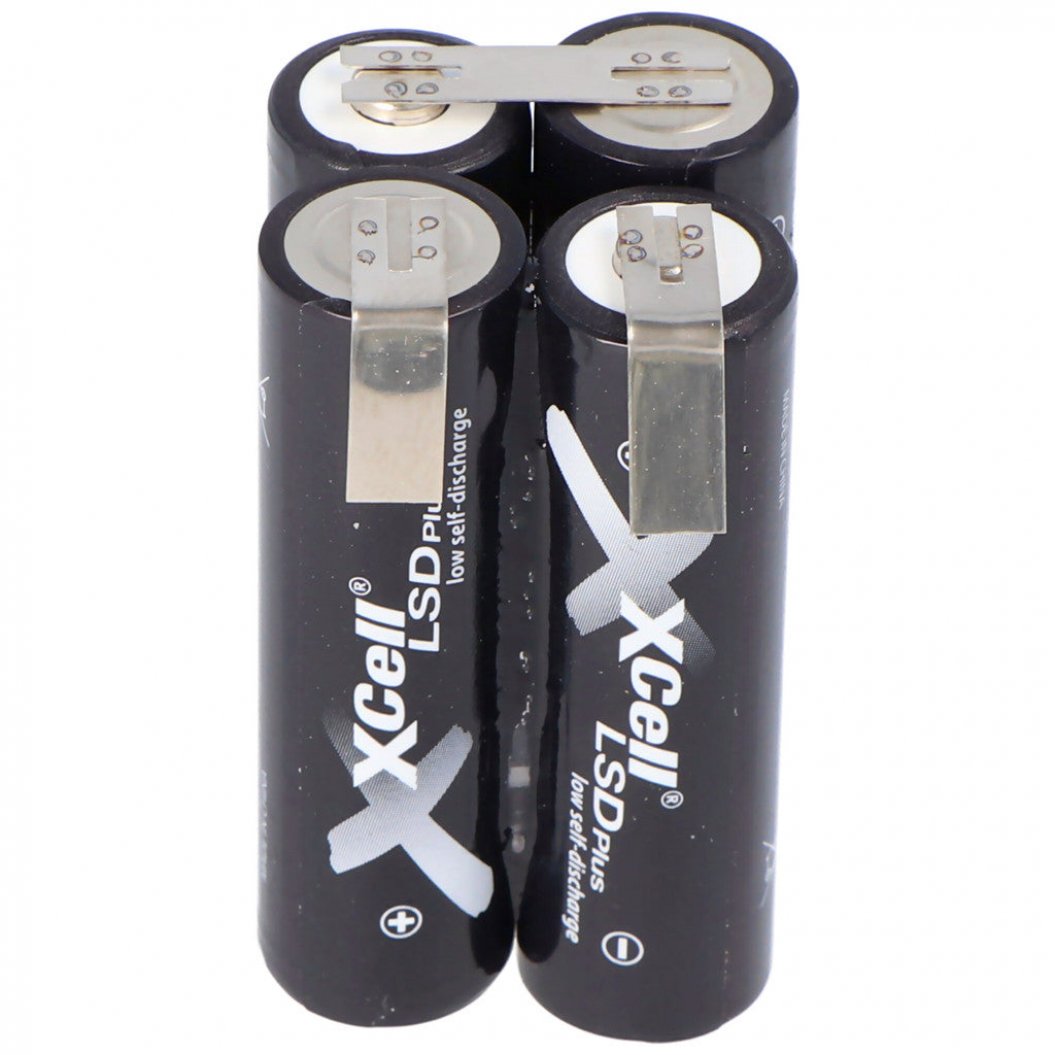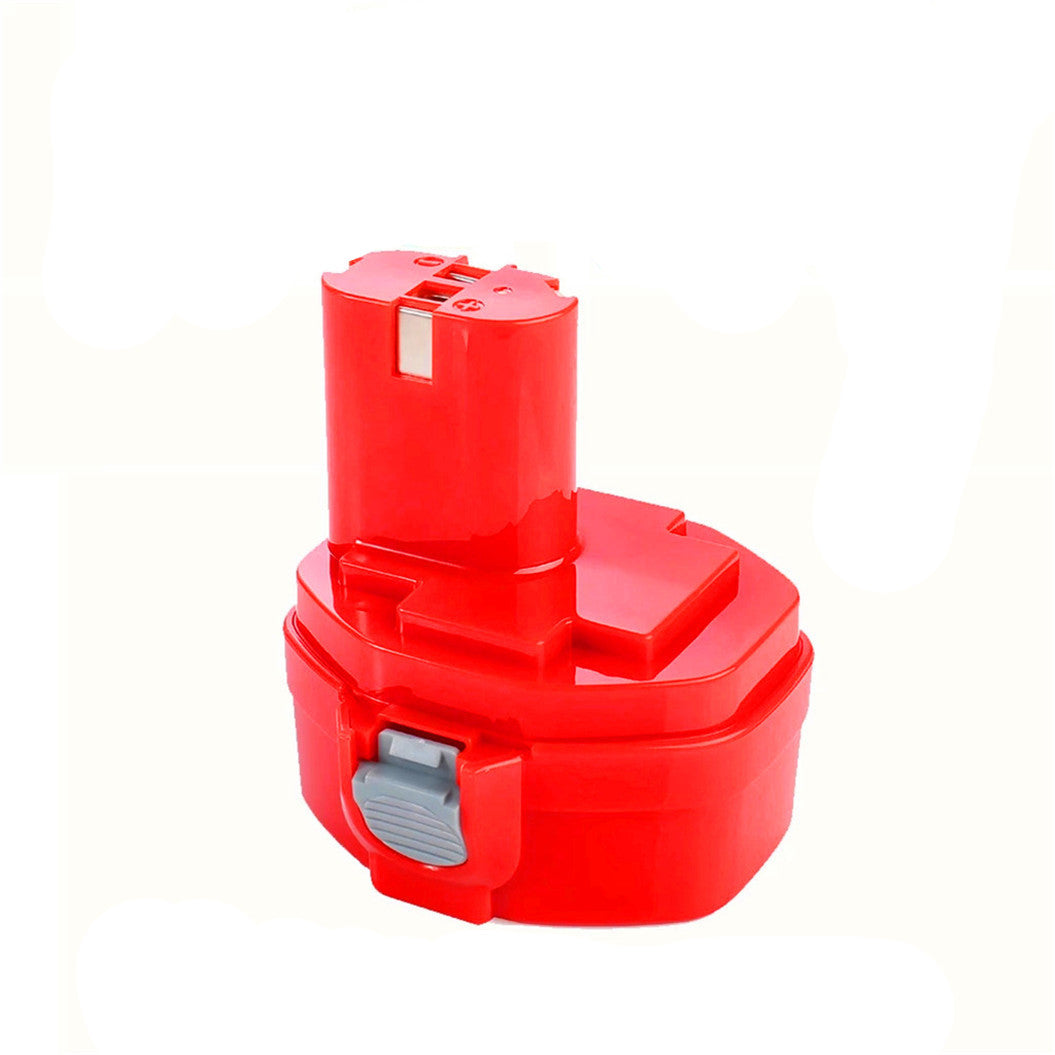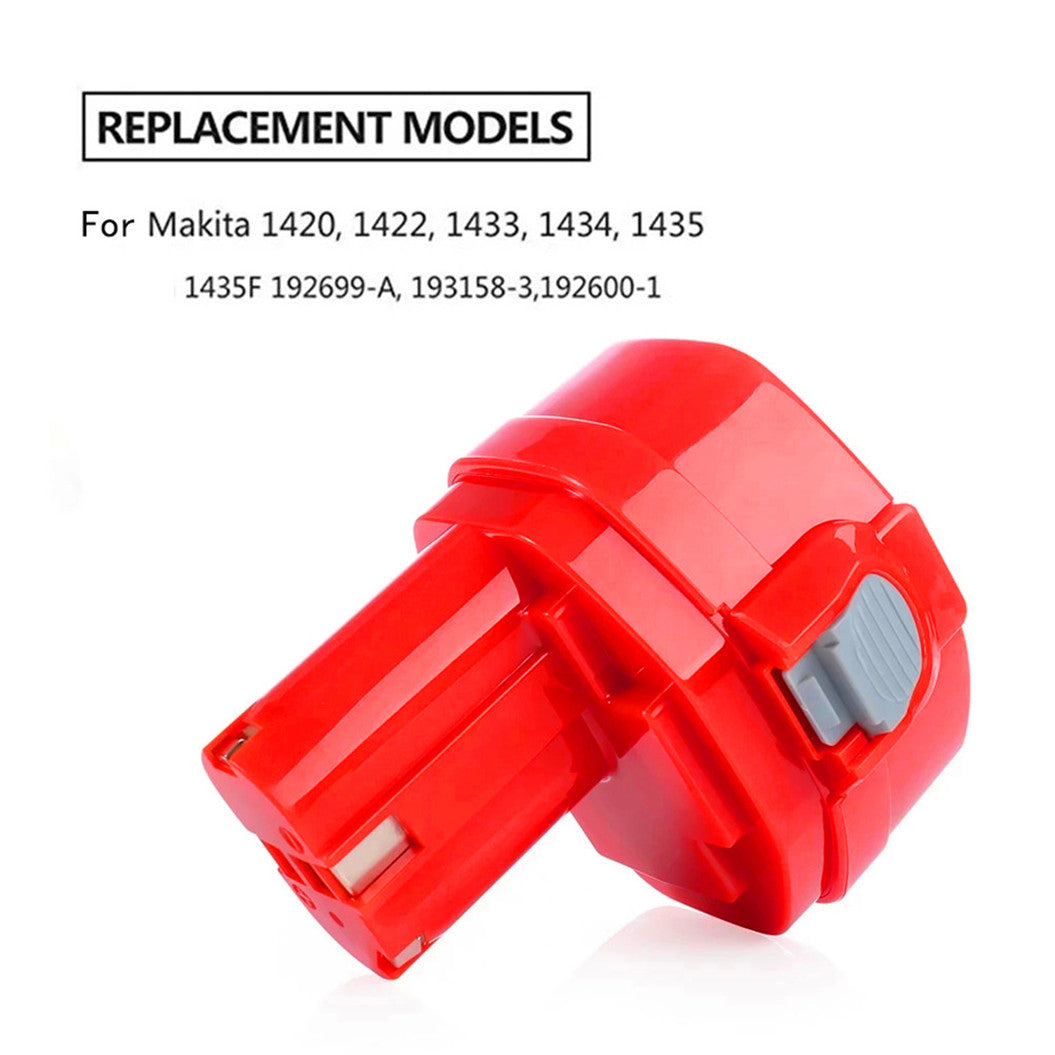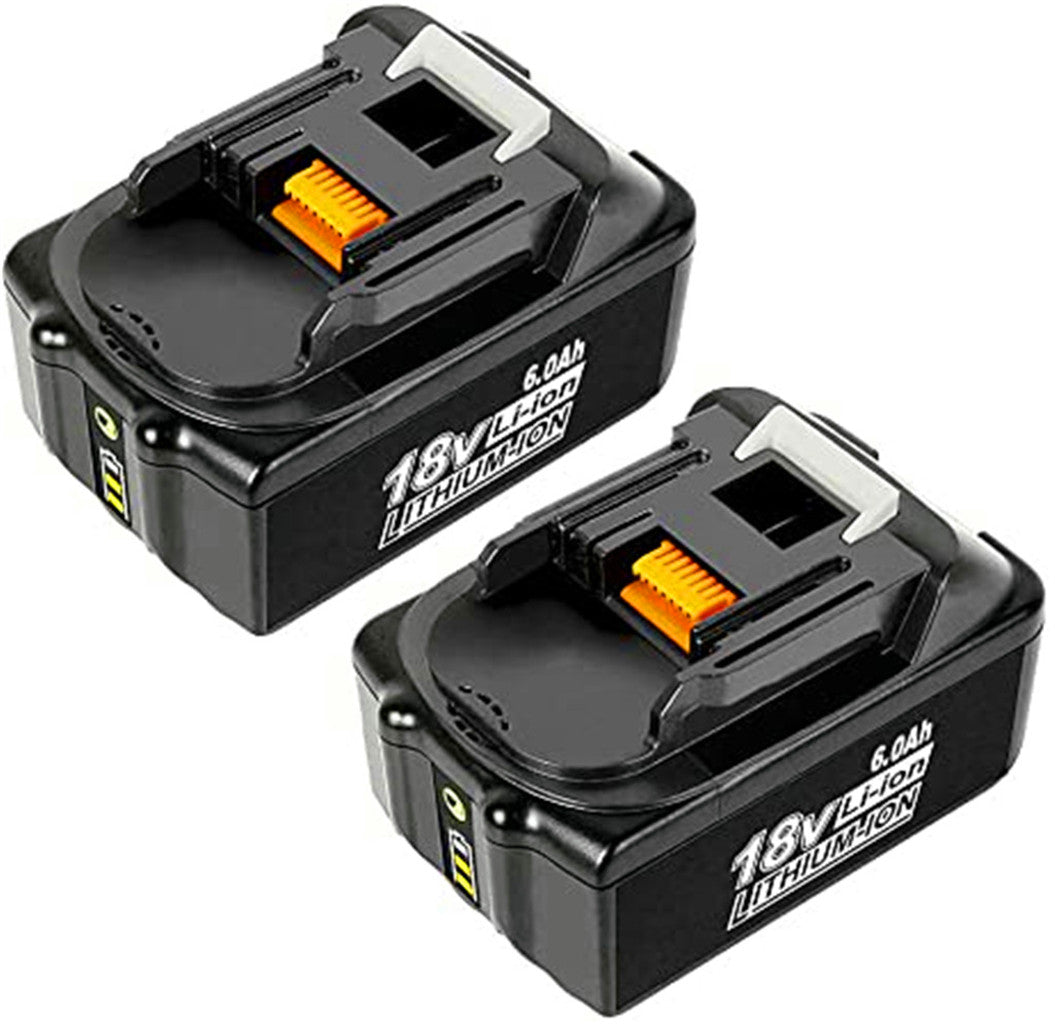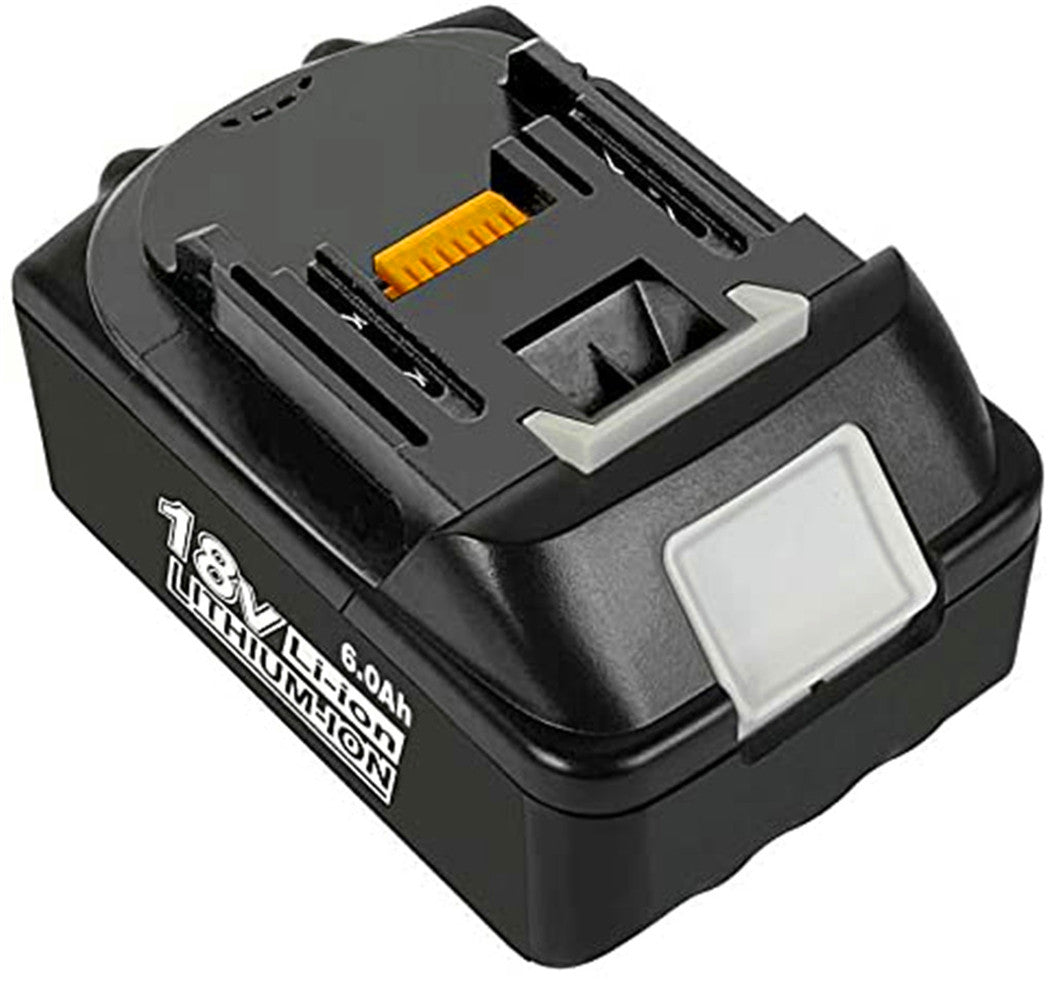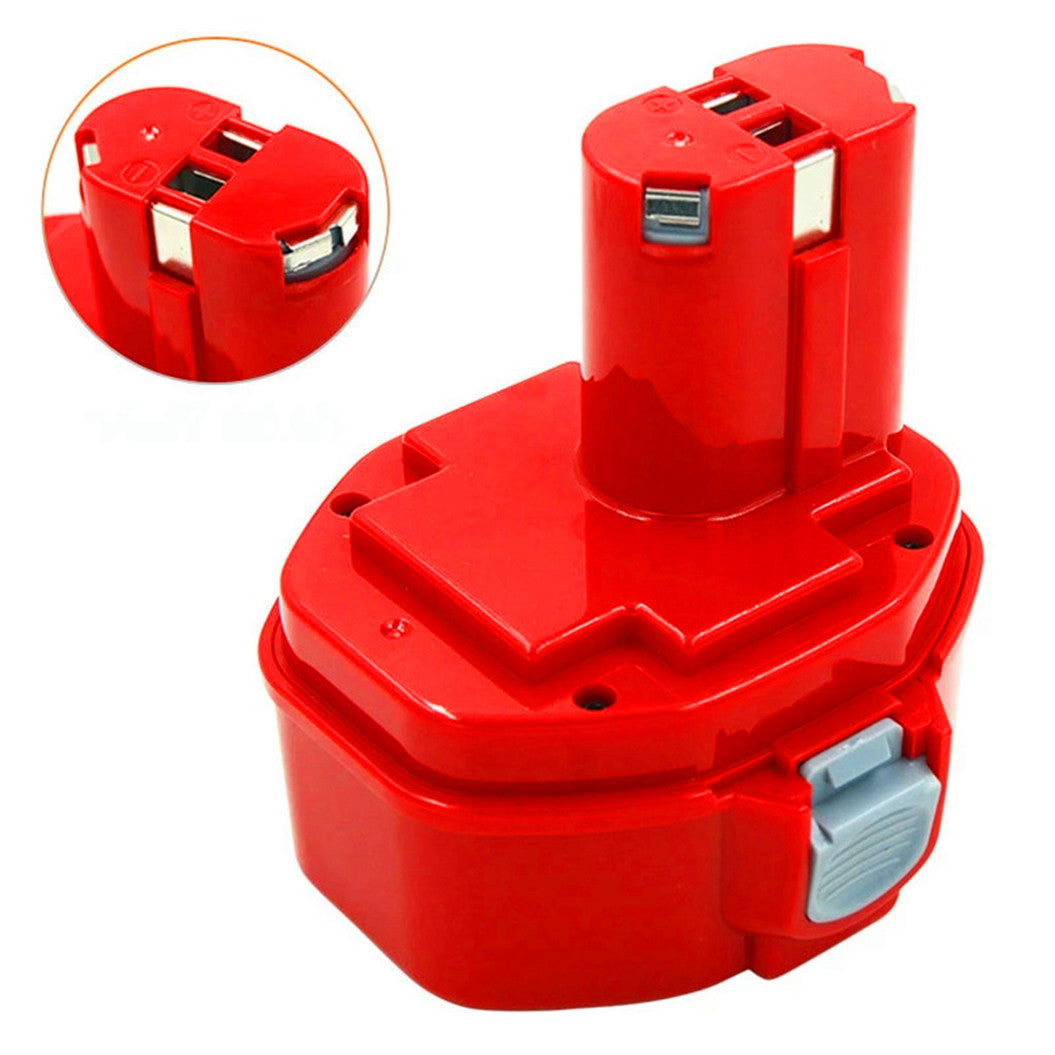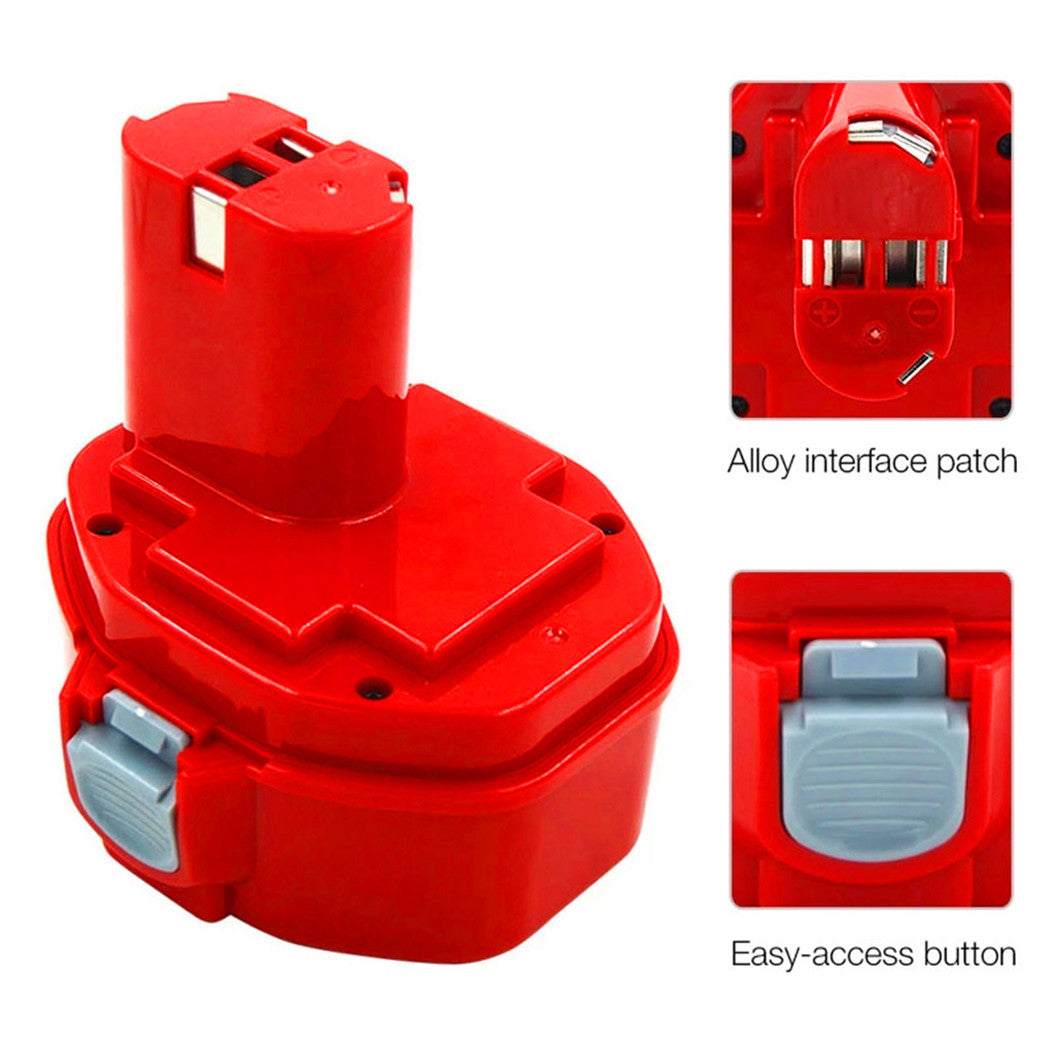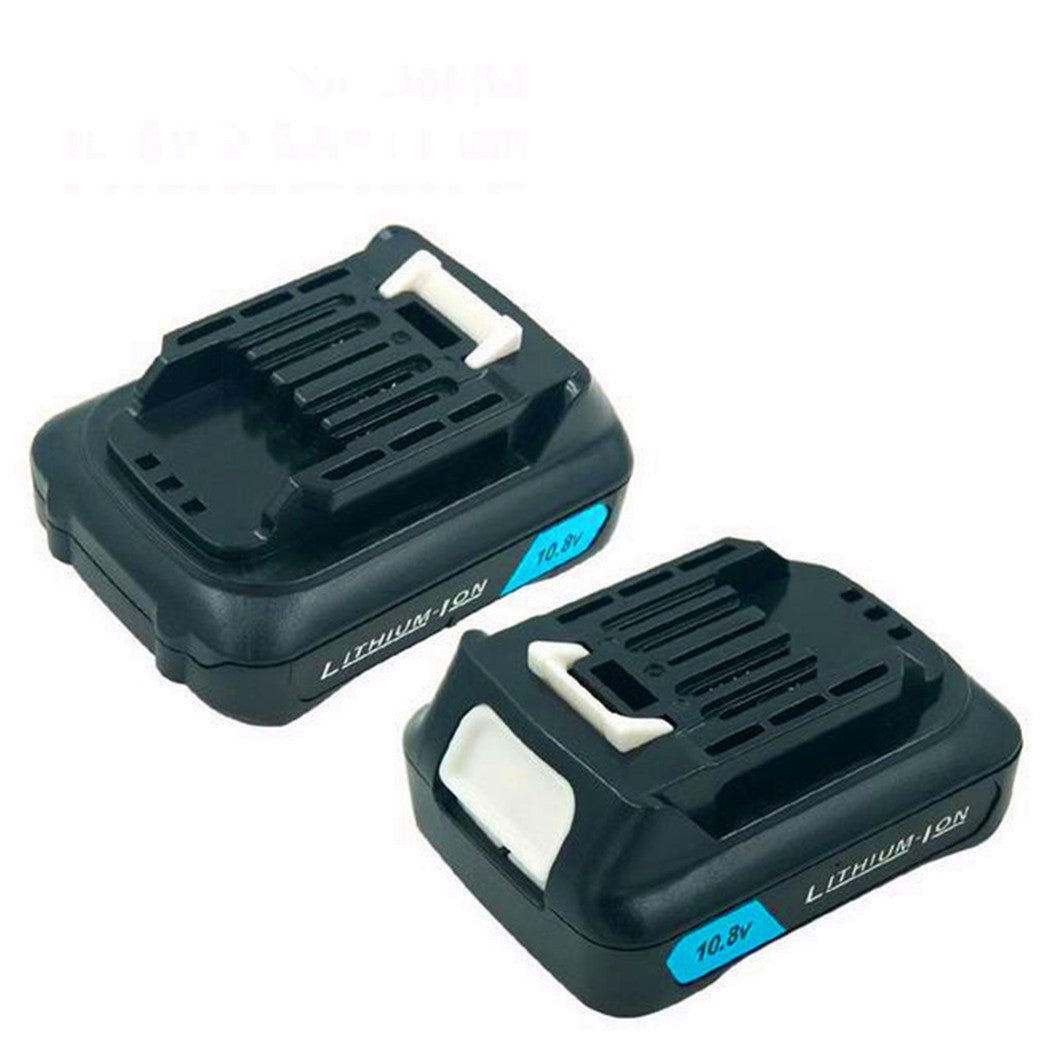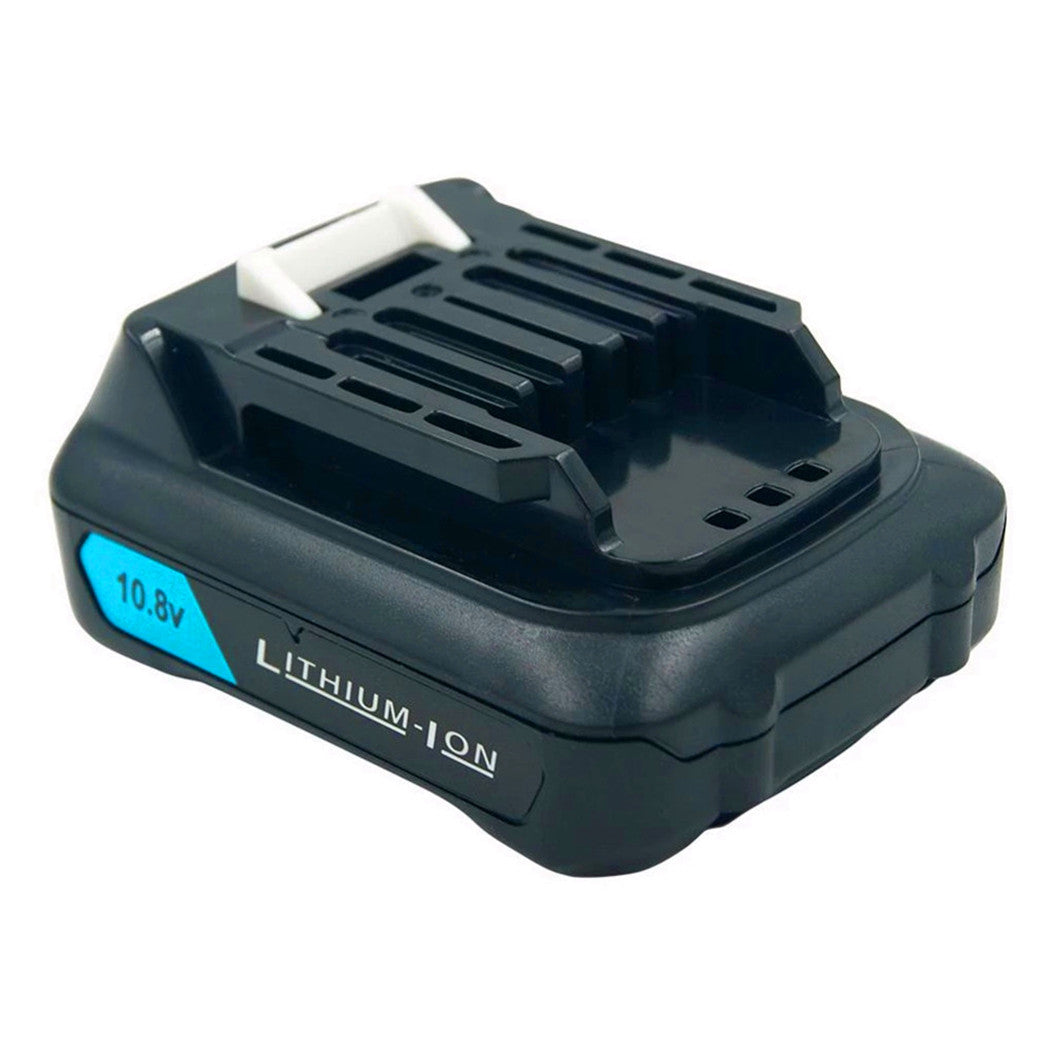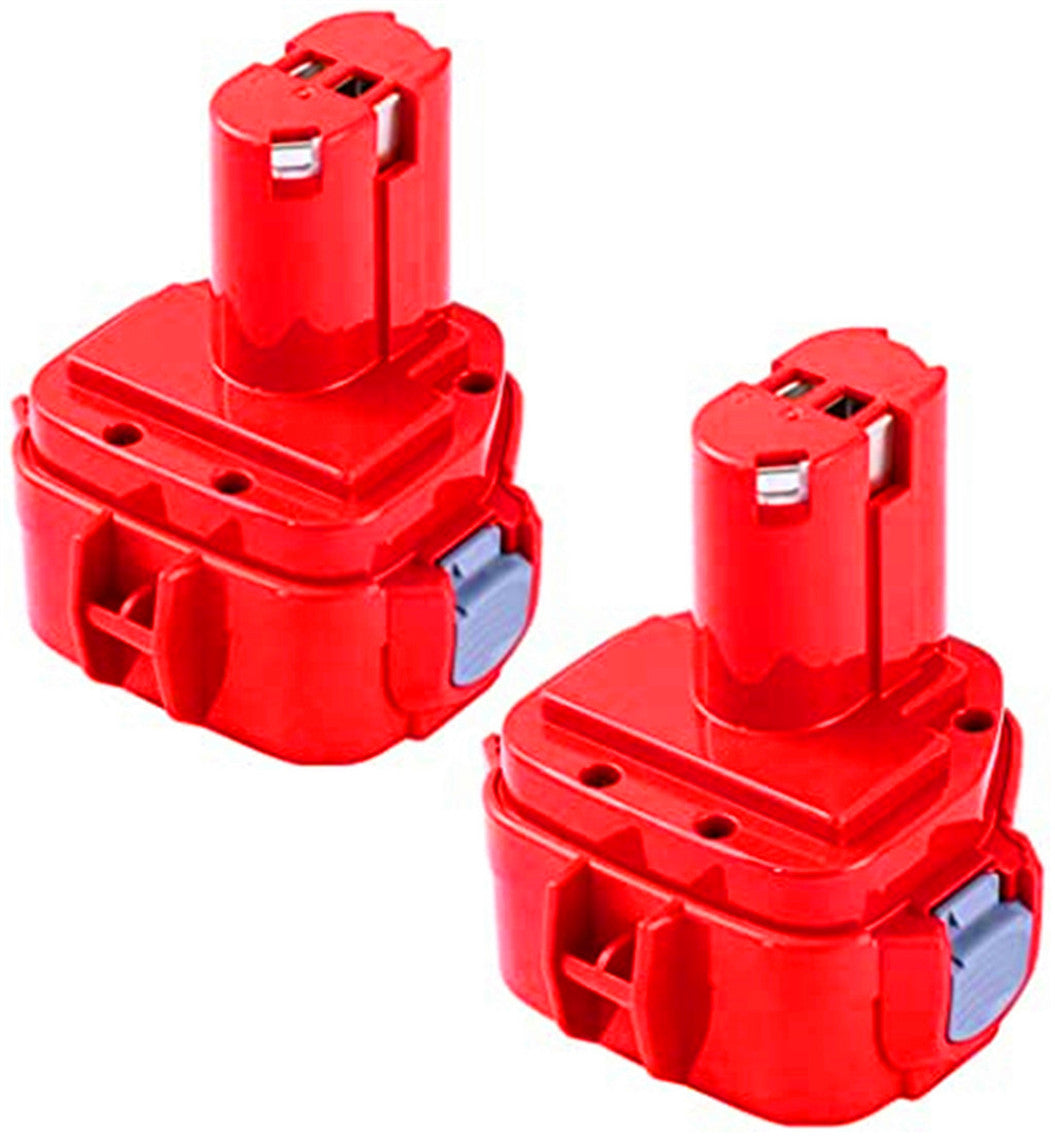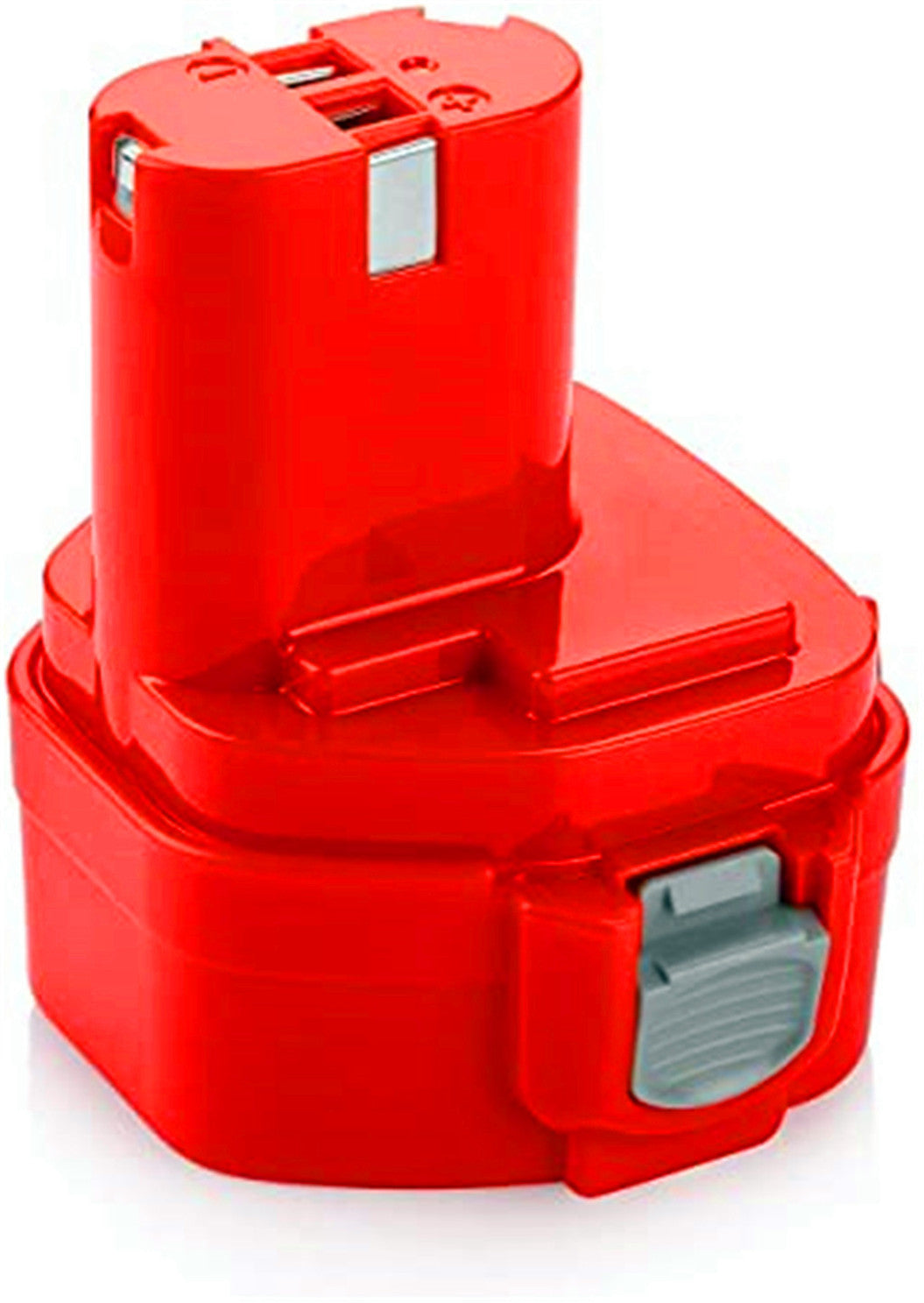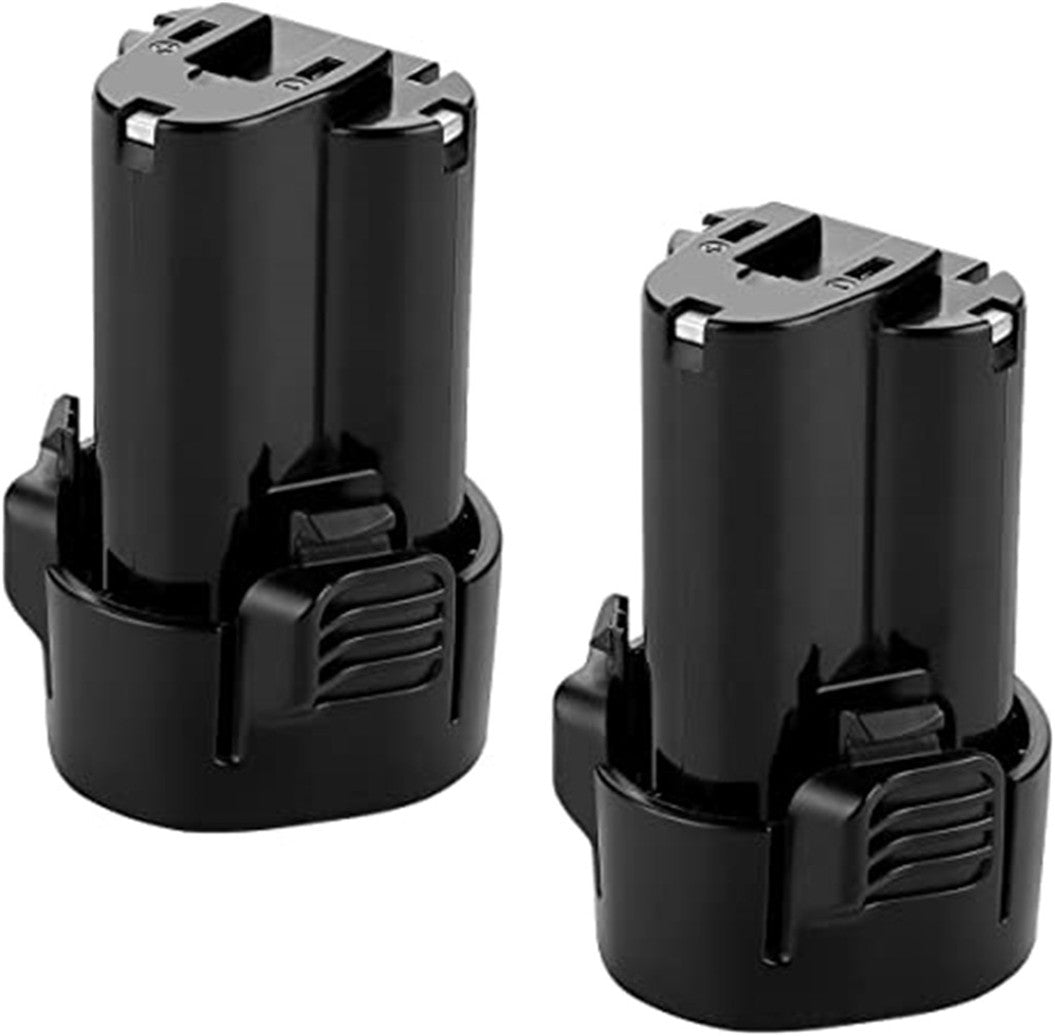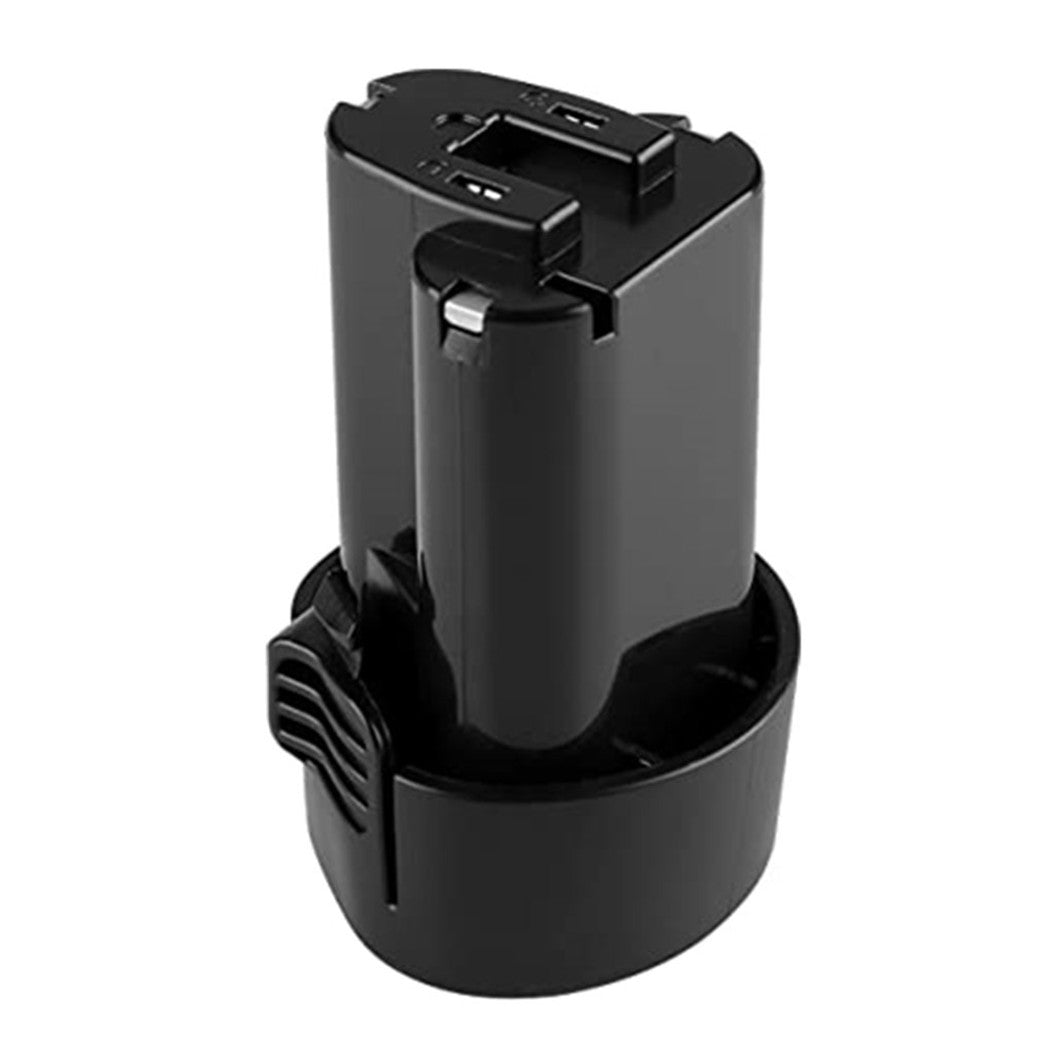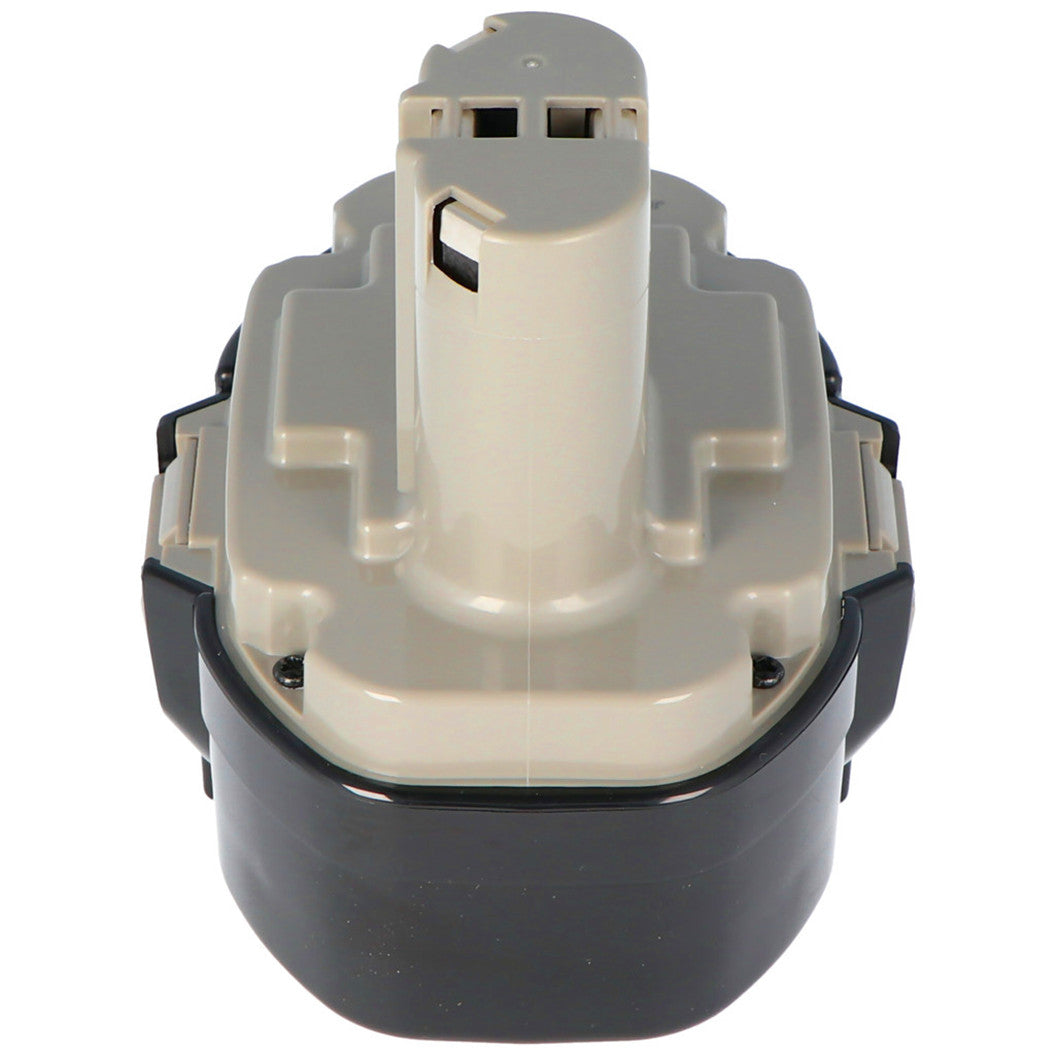-
Proveedor:BATTERYINT
Batería de 4,8 V adecuada para baterías Makita 6722D, 6722DW, 6723DW con conector
- Precio habitual
- $18.99
- Precio habitual
-
- Precio de venta
- $18.99
- Precio unitario
- por
Batería de 4,8 V adecuada para baterías Makita ... -
Proveedor:BATTERYINT
Batería de Ni-CD de 2000 mAh, batería de 14,4 V PA14, 1422, 1420, 1433, 1434, 1435 192600-1, 6281D, 6280D 6237D 6337D 8281D 6222
- Precio habitual
- $24.99
- Precio habitual
-
- Precio de venta
- $24.99
- Precio unitario
- por
Batería de Ni-CD de 2000 mAh, batería de 14,4 V... -
Proveedor:BATTERYINT
2 piezas de batería de iones de litio de 6,0 Ah y 18 V BL1850B BL1860 BL BL1830 BL1840B 194205-3 LXT-400 con pantalla LED
- Precio habitual
- $85.99
- Precio habitual
-
- Precio de venta
- $85.99
- Precio unitario
- por
2 piezas de batería de iones de litio de 6,0 A... -
Proveedor:BATTERYINT
2 piezas de batería de Ni-CD de 14,4 V y 3000 mAh para Makita 1420 1422 1433 1434 1435 6228D 6281D
- Precio habitual
- $49.69
- Precio habitual
-
- Precio de venta
- $49.69
- Precio unitario
- por
2 piezas Batería de Ni-CD de 14,4 V y 3000 mAh ... -
Proveedor:BATTERYINT
2 piezas 12 V MÁXIMO 10,8 V 2000 mAh para Makita DF031D DF031DWAE DF031DZ DF032DZ DF032DSAJ
- Precio habitual
- $38.99
- Precio habitual
-
- Precio de venta
- $38.99
- Precio unitario
- por
2 piezas Batería de 12 V máx ., 10,8 V, 2000 mA... -
Proveedor:BATTERYINT
2 piezas de batería Ni-Mh de 12 V 3,0 Ah para batería Makita 1220 1222 PA12 1233S 1235B 1235F
- Precio habitual
- $69.00
- Precio habitual
-
- Precio de venta
- $69.00
- Precio unitario
- por
2 piezas de batería Ni-Mh de 12 V 3,0 Ah para ... -
Proveedor:BATTERYINT
2 piezas de batería de iones de litio de 10,8 V y 2,5 Ah para Makita BL1013 BL1014 194550-6 194551-4 DF030D DF330D
- Precio habitual
- $41.99
- Precio habitual
-
- Precio de venta
- $41.99
- Precio unitario
- por
2 piezas de batería de iones de litio de 10,8 ... -
Proveedor:BATTERYINT
Batería de 18 V 5000 mAh con pantalla LED para Makita BL1830 BL1840 BL1850 BL1860
- Precio habitual
- $50.70
- Precio habitual
-
- Precio de venta
- $50.70
- Precio unitario
- por
Batería de 18 V 5000 mAh con pantalla LED para ... -
Proveedor:BATTERYINT
Batería de repuesto de iones de litio de 18 V y 5,0 Ah para Makita BL1860, BL1850B, BL1850
- Precio habitual
- $42.90
- Precio habitual
-
- Precio de venta
- $42.90
- Precio unitario
- por
Batería de repuesto de iones de litio de 18 V y... -
Proveedor:BATTERYINT
Batería de repuesto Ni-MH de 18 V y 3000 mAh para 4334D, 5026D, 6343D, 8443D, 1822, 1823, 1834, 1833, 1835, PA18
- Precio habitual
- $39.90
- Precio habitual
-
- Precio de venta
- $39.90
- Precio unitario
- por
Batería de repuesto Ni-MH de 18 V y 3000 mAh pa... -
Proveedor:BATTERYINT
Batería Ni-MH de 18V y 3000mAh para Makita 1822 1823 1834 1835 192827-3 192829-9 193159-1 193140-2 193102-0
- Precio habitual
- $47.22
- Precio habitual
-
- Precio de venta
- $47.22
- Precio unitario
- por
Batería Ni-MH de 18V y 3000mAh para Makita 1822... -
Proveedor:BATTERYINT
Batería NiMH de 18 V y 3,0 Ah para taladros inalámbricos 4334DWAE, 4334DWD, 4334DWDE, 5026DA
- Precio habitual
- $59.99
- Precio habitual
-
- Precio de venta
- $59.99
- Precio unitario
- por
Batería NiMH de 18 V y 3,0 Ah para taladros ina...
Demostración 13 -24 de 33 elementos
1. ¿Cuánto duran normalmente las baterías de las herramientas eléctricas?
Las baterías de las herramientas eléctricas suelen durar entre 2 y 5 años, según la frecuencia de uso, el tipo de batería de la herramienta y el mantenimiento que se les dé. Las baterías de alta calidad, como las baterías Makita, suelen tener una vida útil más larga debido a su construcción y capacidad superiores. Prolongar la vida útil de las baterías de las herramientas inalámbricas, almacenarlas correctamente, evitar temperaturas extremas y cargarlas con regularidad son prácticas esenciales.
2. ¿Puedo utilizar una marca diferente de batería con mis herramientas eléctricas?
Si bien puede parecer conveniente utilizar cualquier batería con sus herramientas, la mayoría de las baterías para herramientas eléctricas están diseñadas para ser compatibles solo con la misma marca. Por ejemplo, una batería Makita debe usarse solo con herramientas Makita. Mezclar marcas puede provocar un rendimiento deficiente o incluso dañar su herramienta eléctrica. Sin embargo, algunos fabricantes externos crean baterías que afirman ser compatibles entre sí, pero es importante investigar si cumplen con los estándares de seguridad y rendimiento necesarios.
3. ¿Cómo mantengo la batería de mi herramienta eléctrica para un rendimiento óptimo?
El mantenimiento de la batería de su herramienta es fundamental para garantizar un rendimiento a largo plazo. Guarde siempre las baterías de las herramientas inalámbricas en un lugar fresco y seco y evite exponerlas a temperaturas extremas, que pueden degradar su capacidad. Cargue las baterías con regularidad y evite dejarlas en el cargador durante períodos prolongados una vez que estén completamente cargadas. Mantener la batería limpia y evitar la humedad también puede ayudar a mantener su funcionalidad a lo largo del tiempo.
4. ¿Cómo puedo saber si la batería de mi herramienta eléctrica está defectuosa?
La batería de una herramienta eléctrica puede estar defectuosa si ya no retiene la carga o la pierde rápidamente. Si la herramienta se apaga de repente o la luz de carga del cargador no se comporta como se espera, esto podría indicar un problema. Además, una batería hinchada o caliente al tacto es una clara señal de mal funcionamiento. Si estos síntomas persisten, reemplazar la batería de la herramienta es probablemente la mejor medida para evitar más daños a la herramienta.
5. ¿Todas las baterías de herramientas inalámbricas son intercambiables?
No todas las baterías de herramientas inalámbricas son intercambiables, ya que la compatibilidad suele estar restringida por la marca y el modelo de la herramienta. Una batería Makita, por ejemplo, solo funcionará con herramientas Makita específicas. Aunque algunos adaptadores universales afirman que se adaptan a varias marcas, siempre es mejor utilizar la batería recomendada por el fabricante para cada herramienta eléctrica para garantizar un rendimiento óptimo y evitar la anulación de las garantías.
6. ¿Cuánto tiempo se tarda en cargar la batería de una herramienta eléctrica?
El tiempo que se tarda en cargar la batería de una herramienta eléctrica varía según la capacidad de la batería y el cargador utilizado. En promedio, la mayoría de las baterías de herramientas inalámbricas tardan entre 30 minutos y un par de horas en cargarse por completo. Hay cargadores más rápidos disponibles para marcas como Makita, pero es importante no sobrecargar la batería, ya que esto puede reducir su vida útil general. Siempre consulte el manual de la batería para conocer los tiempos de carga recomendados.
7. ¿Puedo dejar la batería de mi herramienta eléctrica en el cargador durante la noche?
En general, no se recomienda dejar las baterías de las herramientas eléctricas en el cargador durante la noche, especialmente si el cargador no tiene una función de apagado automático. La sobrecarga puede acortar la vida útil de la batería y reducir su rendimiento con el tiempo. La mayoría de los cargadores modernos para marcas como la batería Makita tienen tecnología incorporada para evitar la sobrecarga, pero para garantizar la máxima salud de la batería, es mejor quitarla una vez que esté completamente cargada.
8. ¿Cuál es la diferencia entre una batería de herramienta de iones de litio y una de níquel-cadmio?
Las baterías de iones de litio y de níquel-cadmio (NiCad) son dos tipos comunes que se utilizan en las herramientas eléctricas. Las baterías de iones de litio para herramientas inalámbricas son más ligeras, se cargan más rápido y ofrecen una mayor densidad de energía, lo que significa que duran más entre cargas. Por el contrario, las baterías de NiCad son más voluminosas, tienen una vida útil más corta y son más propensas al "efecto memoria", en el que la batería pierde capacidad con el tiempo si no se descarga por completo con regularidad. La mayoría de las herramientas eléctricas modernas, incluidos los modelos de baterías de Makita, ahora utilizan tecnología de iones de litio debido a estas ventajas.
9. ¿Pueden las temperaturas extremas dañar la batería de mi herramienta?
Sí, las temperaturas extremas, tanto calientes como frías, pueden afectar significativamente la vida útil y el rendimiento de las baterías de sus herramientas eléctricas. En climas fríos, la batería puede perder capacidad más rápido, mientras que las temperaturas altas pueden causar daños permanentes, reduciendo su capacidad para mantener la carga. Si utiliza una batería de Makita o cualquier otra batería de herramienta inalámbrica en condiciones extremas, es esencial seguir las recomendaciones del fabricante para operar y almacenar las baterías dentro de rangos de temperatura seguros.
10. ¿Qué debo hacer con las baterías de herramientas eléctricas viejas o agotadas?
Cuando la batería de su herramienta ya no tiene carga o está completamente agotada, es importante reciclarla adecuadamente. Las baterías de las herramientas eléctricas, especialmente las que utilizan tecnología de iones de litio como las baterías de Makita, contienen materiales que pueden ser perjudiciales para el medio ambiente si no se desechan correctamente. La mayoría de las ferreterías o centros de reciclaje tienen contenedores designados para el reciclaje de baterías, lo que garantiza que se procesen de manera segura y responsable con el medio ambiente.



